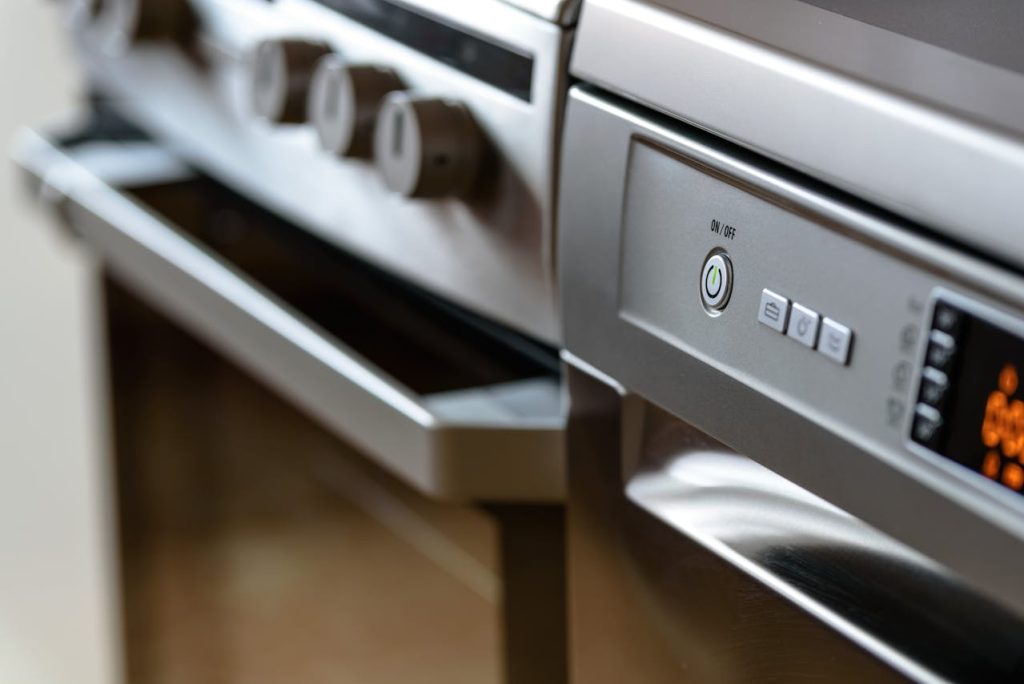
Small kitchen gadgets make life easier. But some of these tiny helpers can quietly drive up your electric bill. You might not notice the impact at first. Over time, though, the costs add up. Many people focus on big appliances like fridges or ovens. But it’s the little things—used every day—that can really hurt your wallet. Here’s why you should pay attention to the small stuff in your kitchen.
1. Toaster Ovens
Toaster ovens seem harmless. They’re small, quick, and easy to use. But they use a lot of electricity for their size. Running a toaster oven for 15 minutes a day can add up to over 100 kilowatt-hours a year. That’s about $15 to $20, depending on your rates. If you use it more often, the cost climbs. Many people leave them plugged in all the time, which means they draw “phantom” power even when off. Unplugging when not in use helps. If you’re reheating leftovers, try the microwave instead. It’s usually more efficient for small portions.
2. Coffee Makers
Coffee makers are a morning staple. But they use more power than you think. Single-serve machines, in particular, heat water quickly and keep it hot. That means they’re always drawing power, even when you’re not brewing. Traditional drip machines with hot plates also use energy to keep coffee warm. If you leave the machine on for hours, you’re wasting electricity. Consider brewing only what you need. Turn off the hot plate or warming feature. If you want to save even more, use a French press or pour-over method. These don’t use any electricity at all.
3. Electric Kettles
Electric kettles are fast and convenient. But they can be energy hogs, especially if you boil more water than you need. Heating water takes a lot of power. If you fill the kettle to the top every time, you’re wasting energy. Only boil what you plan to use. Some kettles have a “keep warm” feature. This keeps water hot for hours, using even more electricity. Turn off this feature and unplug the kettle when you’re done. Over a year, these small changes can save you real money.
4. Plug-In Slow Cookers
Slow cookers are known for saving time and effort. But they use steady power for hours at a time. A typical slow cooker uses about 200 watts per hour. If you run it for eight hours, that’s 1.6 kilowatt-hours per meal. Do that a few times a week, and the cost adds up. Some people leave slow cookers plugged in all the time, which can draw standby power. Unplug when not in use. If you’re cooking small meals, consider using a pressure cooker or stovetop instead. These can be more efficient for quick cooking.
5. Countertop Ice Makers
Countertop ice makers are a luxury for some, a necessity for others. But they use a surprising amount of electricity. These machines run almost constantly to keep ice frozen and ready. Over a year, a countertop ice maker can use up to 350 kilowatt-hours. That’s about $50 or more, depending on your rates. If you don’t need ice all the time, turn the machine off when not in use. Use ice trays in your freezer for occasional needs.
6. Mini Fridges
Mini fridges are common in dorms, offices, and even kitchens. They seem efficient because they’re small. But many models are less efficient than full-size fridges. Older or cheaper mini fridges can use as much energy as a regular refrigerator. If you have more than one fridge running, your electric bill will reflect it. Consider whether you really need a mini fridge. If you do, look for an Energy Star model. Clean the coils and keep them full for best efficiency.
7. Electric Griddles
Electric griddles are great for pancakes and grilled cheese. But they use a lot of power, up to 1,500 watts when running. If you use one several times a week, the cost adds up. Many people leave them plugged in, which can draw standby power. Unplug after use. For small meals, use a stovetop pan instead. It’s often more efficient, especially if you have a gas stove.
8. Standby Chargers and Power Strips
Many kitchen gadgets use chargers or plug into power strips. Even when not in use, these can draw “phantom” or standby power. This is called “vampire energy.” Over a year, it can add up to $100 or more to your bill, depending on how many devices you have plugged in. Use smart power strips that cut off power when devices aren’t in use. Unplug chargers when you’re done.
9. Blenders and Food Processors
Blenders and food processors don’t run for long, but they use a lot of power when they do. High-powered models can draw up to 1,200 watts. If you use them daily, the energy use adds up. Clean and maintain your appliances so they run efficiently. Only blend what you need. If you’re making a smoothie, try using a smaller, personal blender.
10. Rice Cookers
Rice cookers are handy, but many have a “keep warm” feature that runs for hours. This uses more electricity than you might expect. If you leave rice warming all day, you’re paying for it. Turn off the cooker when your rice is done. Unplug it to avoid standby power use. For small portions, consider cooking rice on the stove.
Small Changes, Big Savings
Tiny kitchen items can have a big impact on your electric bill. It’s easy to overlook them, but the costs add up over time. Unplug devices when not in use. Use only what you need. Look for energy-efficient models when buying new gadgets. These small steps can save you hundreds each year. Paying attention to the little things in your kitchen can make a real difference in your budget.
What small kitchen gadgets have surprised you with their energy use? Share your stories or tips in the comments.
Read More
Stop Reading About Last Year’s Top Ten Mutual Funds
The post Tiny Kitchen Items That Add Hundreds to Your Electric Bill appeared first on The Free Financial Advisor.







